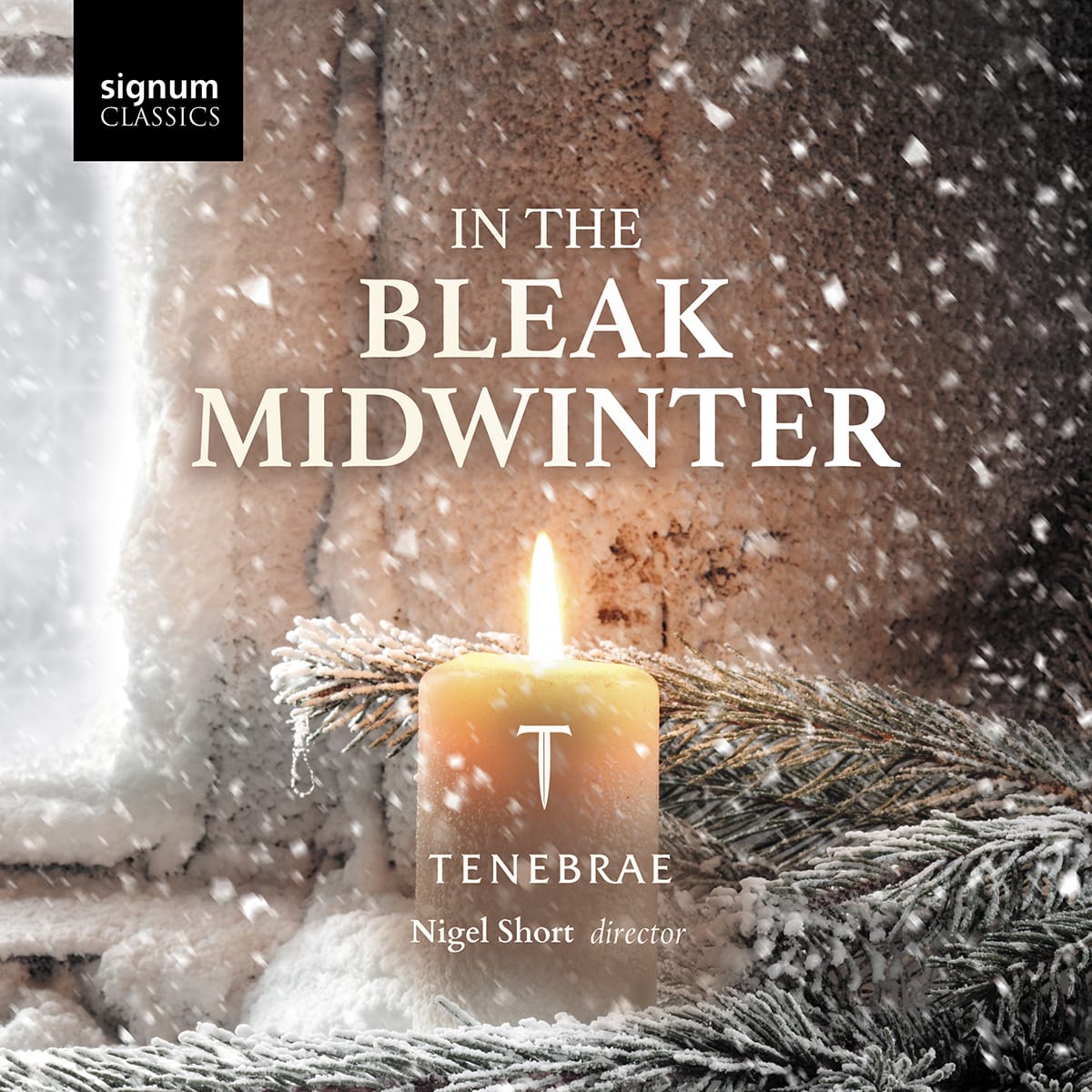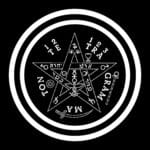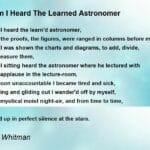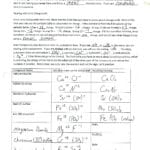Christina Rossetti’s “In the Bleak Midwinter” transcends a simple Christmas carol; it’s a poignant meditation on divine humility amidst earthly hardship. This piece explores the poem’s rich history, evocative lyrics, diverse musical settings, and enduring cultural impact, including its striking use in the television series Peaky Blinders. Prepare to rediscover a Christmas classic, delving into its depths and uncovering the layers of meaning that have resonated with audiences for generations.
The Poem’s Genesis and Enduring Power
Christina Rossetti, a devoutly religious woman living in Victorian England, penned “In the Bleak Midwinter” sometime before 1872, originally titling it simply “A Christmas Carol.” Published posthumously in Scribner’s Monthly, the poem embarked on a journey to becoming a beloved hymn. The Victorian winter, often cold, stark, and unforgiving, likely provided a fitting backdrop for Rossetti’s contemplation of divine humility. The poem’s irregular rhythm, mirroring the unpredictable nature of winter, adds to its unique charm. Did the “iron-hard” ground represent a world hardened by sin, longing for redemption? Such interpretations invite readers to explore the poem’s deeper symbolic layers.
Rossetti’s language, though simple, carries profound meaning. The stark contrast she creates between the harsh winter landscape and the tender scene of Christ’s birth serves as a powerful symbol of God’s love entering a world yearning for warmth and light. The full lyrics, presented below, invite close reading and personal reflection:
(Include full lyrics here, formatted with stanza breaks and a visually appealing design. Consider a downloadable version as well.)
A Humble Birth, a Profound Message
“In the Bleak Midwinter” resonates with themes of profound humility. The Creator of the universe, choosing a humble stable as his birthplace, offers a truly humbling image. This stark simplicity emphasizes the true meaning of Christmas, shifting the focus from material excess to the ultimate gift: the incarnation of divine love.
Rossetti’s evocative imagery—”earth stood hard as iron,” “a stable-place sufficed,” “a breastful of milk and a mangerful of hay”—creates a scene of stark beauty. This emphasizes the unexpected glory found in the most unassuming circumstances. The narrator’s heartfelt question, “What can I give Him, poor as I am?” resonates with audiences across generations, prompting personal reflection on the nature of giving and the true spirit of the season.
From Page to Song: The Musical Evolution of a Classic
The lyrics of “In the Bleak Midwinter” have inspired numerous musical settings, each adding a unique dimension to Rossetti’s words. In 1906, Gustav Holst composed a melody known for its gentle, flowing quality, evoking a tender lullaby for the newborn King. Harold Darke, in 1911, offered a contrasting interpretation, with a bolder, more dramatic setting. His version, arguably the most recognizable today, captures the awe and wonder of the incarnation with its majestic sound. A comparison table highlights their distinct characteristics:
| Setting | Composer | Characteristics | Audio Example (if possible) |
|---|---|---|---|
| Gentle & Flowing | Gustav Holst | Lullaby-like, peaceful, introspective | [Link to audio clip] |
| Dramatic & Bold | Harold Darke | Majestic, awe-inspiring, triumphant | [Link to audio clip] |
These interpretations offer intriguing contrasts. While Holst encourages quiet contemplation, Darke evokes a sense of grandeur. This duality mirrors the multifaceted nature of the poem itself. Some scholars suggest that Holst emphasizes the intimacy of the Nativity, while Darke highlights its cosmic significance. Both, however, capture the emotional core of Rossetti’s work. Including embedded audio clips would allow readers to experience these variations firsthand.
A Legacy of Hope: Enduring Relevance and Modern Interpretations
The enduring appeal of “In the Bleak Midwinter” may stem from its ability to transcend denominational boundaries, speaking to a universal human longing for connection with the divine. Some believe it evokes nostalgia and comfort, while others point to its powerful message of hope amidst darkness. Ongoing research explores these factors, suggesting that its resilience lies in a complex interplay of cultural and psychological elements.
The carol’s appearance in contemporary media, such as Peaky Blinders, offers further layers of interpretation. Its use in the series, often juxtaposed with scenes of violence and despair, creates a chilling effect. This raises questions about the nature of hope in a world marked by darkness and the complex psychology of characters like Tommy Shelby.
Why does Tommy quote In the Bleak Midwinter? ( Peaky Blinders Analysis)
The use of “In the Bleak Midwinter” in Peaky Blinders is more than just a musical cue; it’s a powerful motif that adds layers of meaning to the narrative. In the context of the series, the carol, typically associated with peace and hope, takes on a darker, more ominous tone.
The carol’s initial introduction during a flashback to the trenches of World War I immediately establishes its connection to trauma and violence. For Tommy Shelby, it becomes inextricably linked to the horrors of war, a chilling echo of his past. The carol probably serves as a silent code between Tommy and Arthur, a shared understanding forged in the crucible of war. It’s a stark reminder of the fragility of life and the darkness they carry within them.
The somber melody and lyrics of “In the Bleak Midwinter” resonate with Tommy’s psychological struggles, his constant awareness of the darkness that surrounds him. Some viewers might interpret the recurring theme of “bleak midwinter” as foreshadowing, a subtle hint of the difficult times ahead.
The jarring contrast between the carol’s traditional associations and the violent world of Peaky Blinders highlights the complex psychology of the Shelby family. Their sense of hope and celebration is distorted by the brutal realities of their lives. Whether Tommy’s use of the carol is a conscious act of remembrance or a subconscious manifestation of his trauma is open to debate. Ongoing research into the psychological impact of war suggests that such triggers can manifest in unexpected ways.
| Episode | Scene | Significance |
|---|---|---|
| Season 1 | Danny Whizz-Bang’s “killing” | Introduction of the carol, linking it to violence and establishing its unsettling tone. |
| Season X | [Insert relevant scene from later season, if applicable] | Development of the carol’s use, connecting it to evolving themes and character arcs. |
The ambiguity surrounding Tommy’s use of the carol allows for multiple interpretations, enriching the narrative and prompting discussion. Unravel the mysteries hidden within the swirling tendrils of fog or mist nyt.
What does the poem “In the Bleak Midwinter” mean? (Lyrical Analysis)
“In the Bleak Midwinter” is a rich exploration of contrasts: the harshness of winter against the miracle of Christ’s birth, the humility of the stable against the grandeur of heaven. Rossetti’s vivid imagery plunges us into a world of cold and hardship, setting the stage for the extraordinary arrival of hope.
The poem’s focus on the humility of Jesus’s birth emphasizes the core message of Christianity: God’s choice to enter the world in simplicity and vulnerability. The gifts of the wise men—gold for royalty, frankincense for divinity, and myrrh, a symbol of suffering—offer a glimpse into the complexity of Jesus’s identity.
Gustav Holst’s musical setting adds another layer of interpretation, shaping our emotional response to the poem. Different musical settings evoke different moods, demonstrating how music can color our understanding of a text. The carol’s use in Peaky Blinders provides a starkly contrasting interpretation, highlighting its adaptability and enduring relevance.
What do Peaky Blinders say when someone dies? (“Bleak Midwinter” as a Motif)
In Peaky Blinders, “in the bleak midwinter” is transformed from a message of hope into a chilling omen, often preceding death or disaster. This stark contrast twists something traditionally associated with comfort into a premonition. Its first appearance, in a World War I flashback, links the phrase to the Shelby brothers’ shared trauma.
Tommy Shelby’s frequent use of the phrase adds another layer to his complex character. It could be an acknowledgment of the bleakness of their world, a manifestation of his PTSD, or a chilling acceptance of his violent lifestyle. The phrase’s impact is amplified by the show’s masterful use of music and sound design, creating a sense of foreboding.
While often directly preceding death, “in the bleak midwinter” can also symbolize metaphorical loss, such as innocence or the shattering of hope. This nuanced use adds depth and complexity to the storytelling, reflecting the grim atmosphere of post-war Birmingham and the characters’ internal struggles. The phrase’s layered meanings elevate Peaky Blinders beyond a simple gangster drama, inviting viewers to consider the multifaceted nature of loss and trauma.
- Joylette Goble: Continuing the Legacy of Katherine Johnson - November 27, 2024
- Ron Fujikawa: The Untold Story of Kate Hudson’s Daughter’s Namesake - November 27, 2024
- Marc Mezvinsky: Career, Investments, and Life Beyond the Clinton Connection - November 27, 2024














